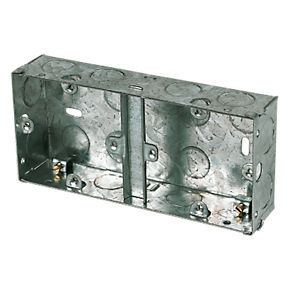While it's true that once you have a double 13A socket in place there's nothing to stop anyone from plugging two 3kW loads into it, in most locations that's unlikely to happen. To install one with the intent of using it for two such loads is, in my opinion, poor practice given the manufacturers' ratings (and possibly the spur cable rating, depending upon installation method), especially given the duration of the loads. A dryer could well be running for an hour and half or more (even 3 hours or more with little break if somebody is doing a couple of large loads), and while the washer uses that power only during the heating cycle, it's not unusual to find a washer plumbed for cold fill only, for which on some settings (near boiling, higher water level) the heating element could be running for half to three-quarters of an hour.



